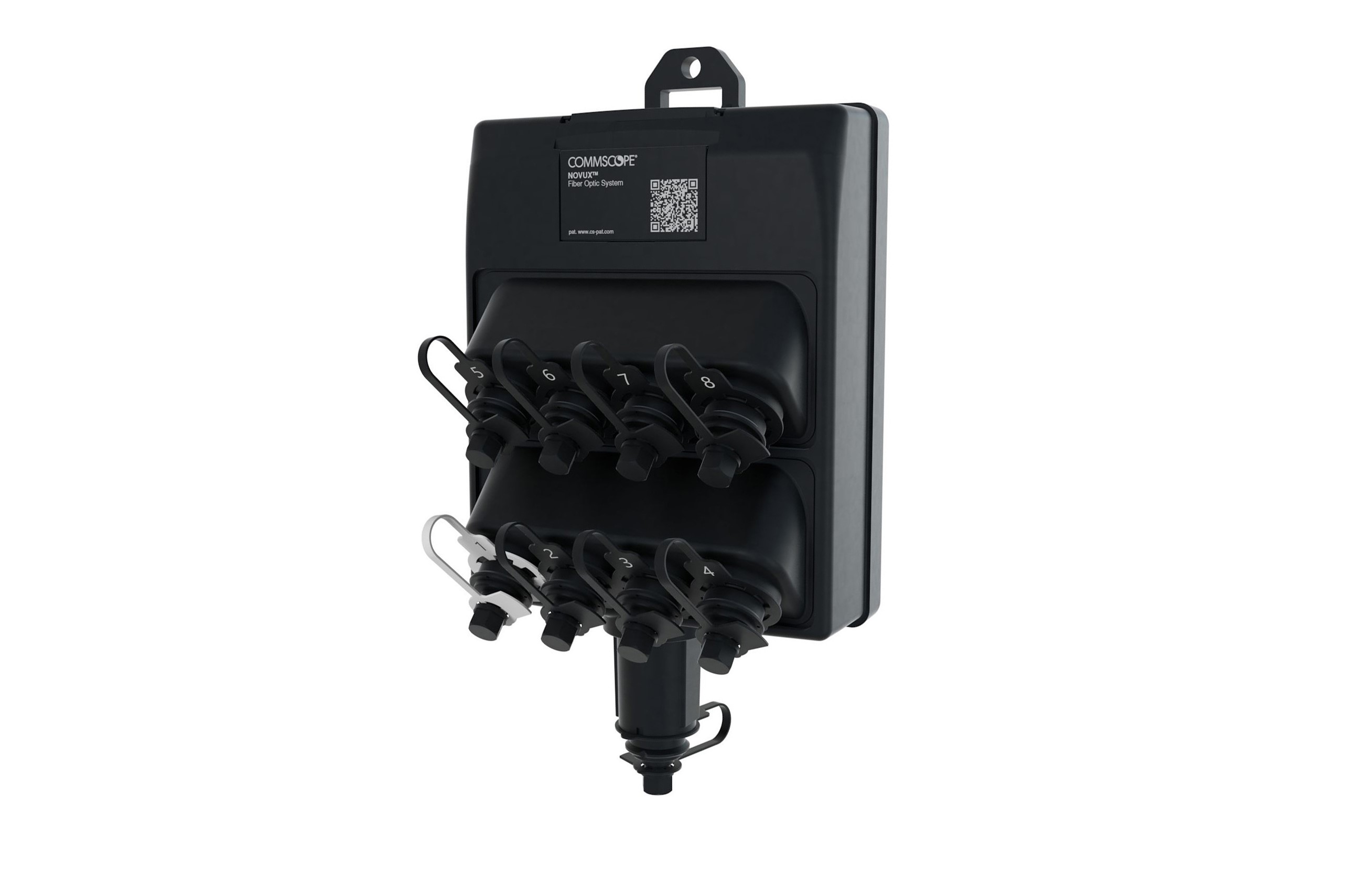José Luis Gonzalez, Network Architect at CommScope advises how pre-connectorisation could offer a single solution to the biggest fibre rollout challenges.
The Fibre-to-the-Home (FTTH) sector in Europe is making huge progress, having reached some 219 million homes and 108 million subscribers, according to the 2023 Market Panorama figures from the FTTH Council Europe. This has brought the coverage up to 62% across the EU 39 region, up 5% year-on-year.1
But this expansion hasn't come without its fair share of hurdles. Operators globally grapple with a host of challenges that often lead to prolonged implementation processes. Even the slightest missteps during the initial stages of a project can culminate in significant delays, translating into financial setbacks down the line. In the realm of FTTH, time inevitably equates to money.
The process of building new infrastructure demands careful consideration of various critical factors that can significantly influence project feasibility, cost, and speed. The initial phase, typically involving civil works, tends to consume a significant portion of the allocated budget. However, it's not merely a matter of increasing manpower to expedite progress. The scarcity of skilled specialists can severely impede advancement and inflate expenses. Avoiding the need to redo any segment of the project is crucial.
Adopting a collaborative approach to fibre deployment
Despite significant investments by some governments in establishing comprehensive underground telecommunication frameworks for example, persistent bottlenecks bring up questions regarding the effectiveness of this approach. In fact, the need for a collaborative effort among legislators and major industry players globally, is what is required for the telecommunication industry. One approach to consider is collaboration between operators, energy companies, and electricity carriers which may enable a more profitable approach to expansion.
The obstacles encountered during these rollouts mirror challenges faced in other deployment initiatives. Fibre optic vendors encounter three recurring questions: How can we accelerate construction? How can we cut costs? And how can we simplify the process? The answer to all of these questions leads to a single solution: pre-connectorisation.
Pre-connectorisation, originally primarily used for aerial rollouts, has transcended its traditional limitations, finding broader applications within the FTTH domain. This is particularly the case with major operators in European markets such as the UK, Spain and Ireland.
Today, the spectrum of pre-connectorised solutions is much broader than initially conceived, encompassing a diverse array of technologies from robust connectors and cable jackets to reliable enclosures with patch panels, offering multifaceted benefits.
How can pre-connectorisation ensure optimal network performance?
Despite the advancements, the true value of pre-connectorisation remains largely unexplored, especially in the fiercely competitive FTTH market. The line between a well-executed project and a subpar one emphasises the importance of deploying a comprehensive range of options to preempt costly delays. Pre-connectorised elements undergo rigorous testing in controlled environments, adhering to stringent quality standards set by personnel in highly sophisticated facilities. The standardisation and streamlining of production methods elevate the overall quality of the network, ensuring optimal performance.

Pre-connectorisation is finding broader applications within the FTTH domain (Credit: CommScope)
Furthermore, minimising direct glass manipulation in the field, a critical and intricate aspect of the deployment process, can enhance network delivery timelines. Pre-connectorised technology demonstrates the need for expensive splicing machines in trenches, enabling less specialised crews to undertake the build-out with confidence. These solutions not only simplify the construction process but also subsequent phases, including evolution, testing, and troubleshooting.
The versatility of this technology means it can be deployed across multiple scenarios, whether above or below ground, in varying physical spaces, with or without splitters, and incorporating single or multi-fibre ferrules to align with different network specifications. Modular platforms are designed to respond to ever-evolving market requirements, ensuring a seamless and adaptable deployment process.

The industry needs to keep pace with the escalating demand for high-speed connectivity while ensuring operational efficiency and economic viability (paulaphoto/Shutterstock.com)
Given the pace of fibre expansion in the market, the latest and upcoming suite of products must be configured and adaptable within an increasingly diverse landscape. Customers should have the capability to scale their connectivity solutions according to evolving circumstances, without compromising the simplicity that enables swift manufacturing processes.
This transformative approach to fibre models remains pivotal in enabling the industry to keep pace with the escalating demand for high-speed connectivity while ensuring operational efficiency and economic viability. With the integration of pre-connectorisation and its associated technological advancements, the FTTH sector is poised to achieve new heights of efficiency, scalability, and cost-effectiveness, heralding a new era of seamless and accessible digital connectivity for millions worldwide.
Reference
1. European FTTH/B Market Panorama 2023, FTTH Council and iDate (EU39: EU27 countries + United Kingdom, 4 CIS countries, and also Iceland, Israel, North Macedonia, Norway, Serbia, Switzerland and Turkey)


